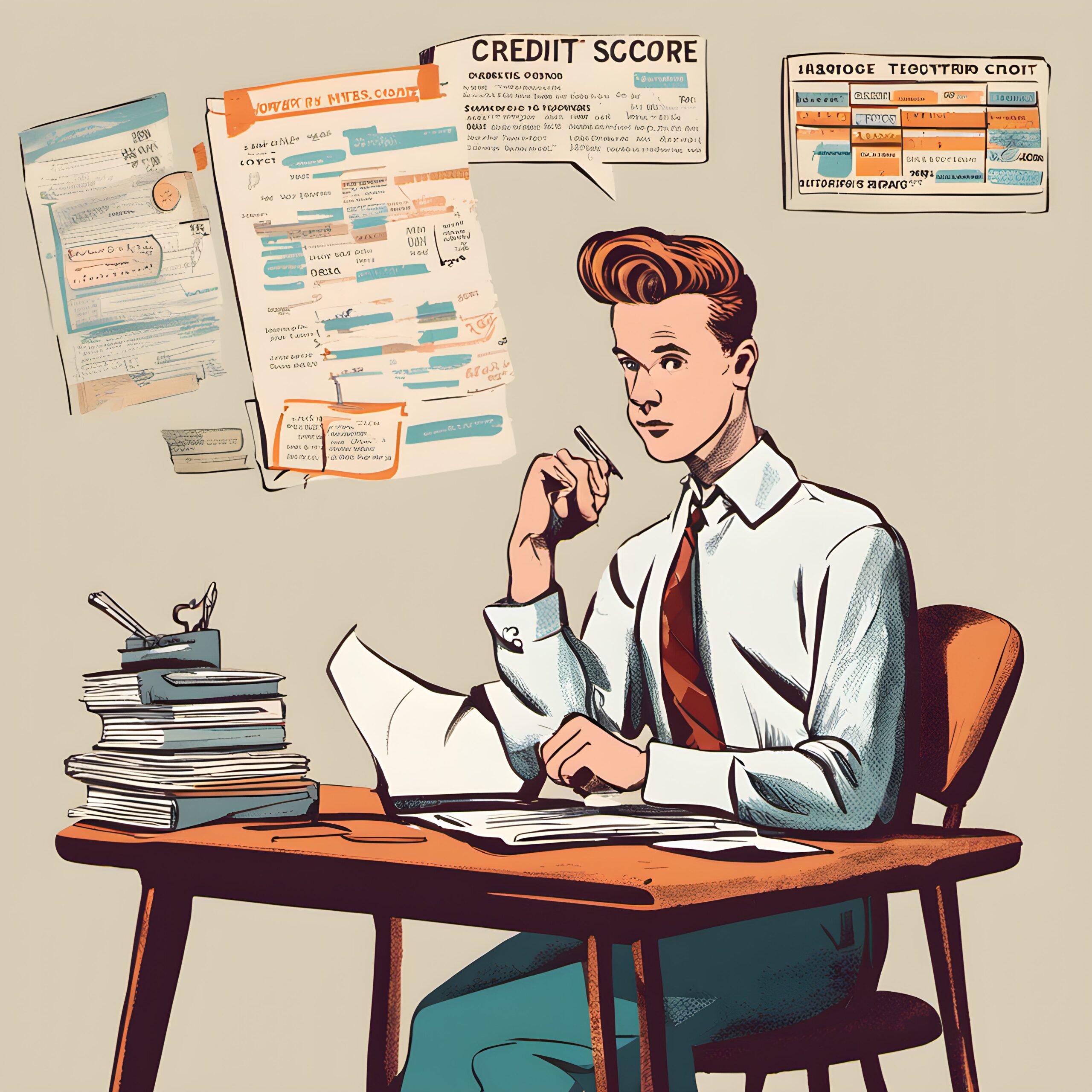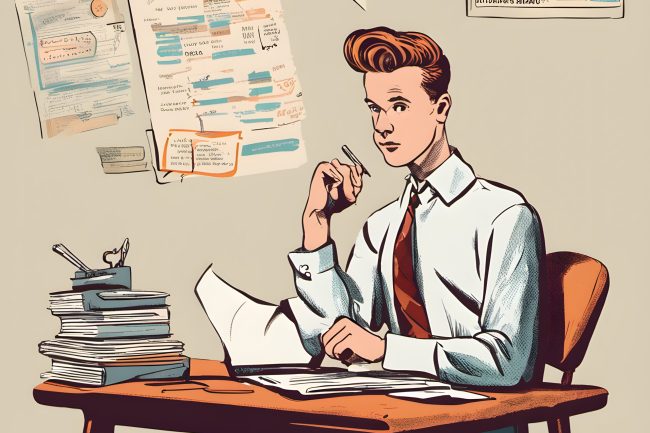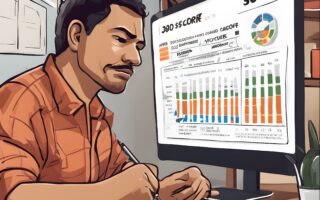
Credit scoring is now as important as our identity. It determines our capability to receive loans, credit cards, and other financing assistance. Inadequate credit ratings cause the denial of financial benefits that we need. A 301 credit score is poor, and you will need an action plan to increase your rating. The following advice is a step-by-step guide on improving your credit score.
1. Understand Your Credit Report
The first step in fixing your credit score is discovering the root cause. If you have a 301 credit score, you may have not paid your loans in time, charged your credit card beyond the limit, or declare bankruptcy. Obtain a copy of your credit report, examine your financial obligations, investigate mistakes, and dispute any discrepancies.
2. Pay Your Past Due Debts
Paying your obligations outstanding payments will go a long way in boosting your credit score. Start by communicating with your lender or creditor, decide on an amount that you can feasibly meet. Pay them off gradually by paying an amount over your required minimum payment on time and consistently.
3. Apply for a Secured Credit Card
A secured credit card is similar to a conventional one but with an extra deposit as collateral. This card reports to the major credit bureaus and also helps in building a credit history. When you use your secured credit card, make sure to pay it on time and keep it under 30% of your credit limit to promote your positive credit behaviour.
4. Keep Up With Your Current Payments
The active accounts you have, including student loans, credit cards, and utility bills, keep them up to date. Paying your current bills on time is a vital aspect of improving your credit score. Late payments and missed payments have a long-term effect on your credit score, that’s why it’s essential to pay them on time.
5. Consider Credit Counseling
Credit counseling is a tool that can help you get out of debt. A reputable and certified credit counseling agency, such as the National Foundation for Credit Counseling (NFCC), can assist you in building a budget and coming up with a payment plan. It can be an excellent alternative for those who are unsure where to begin and need assistance with debt management.
A 301 Credit Score Is Poor, But You Can Fix It
In conclusion, a 301 credit score is poor, but the good news is that it can be repaired. It takes time, effort, and discipline, but it’s worth it in the end. By following these simple guidelines, you can positively build your credit score and create a brighter financial future for you. Remember, improving your credit score should not be a one-time event. It’s a continuous effort that necessitates keeping your finances in check and sticking to your plan. Even if you make progress over time, your foundational habits and financial behaviour will help you achieve your objectives. By using credit responsibly, you can enjoy lower rates and better credit offers.

James Hendrickson is an internet entrepreneur, blogging junky, hunter and personal finance geek. When he’s not lurking in coffee shops in Portland, Oregon, you’ll find him in the Pacific Northwest’s great outdoors. James has a masters degree in Sociology from the University of Maryland at College Park and a Bachelors degree on Sociology from Earlham College. He loves individual stocks, bonds and precious metals.







